Snowbirds of the West
White Pelicans Have Their Season in Santa Barbara County
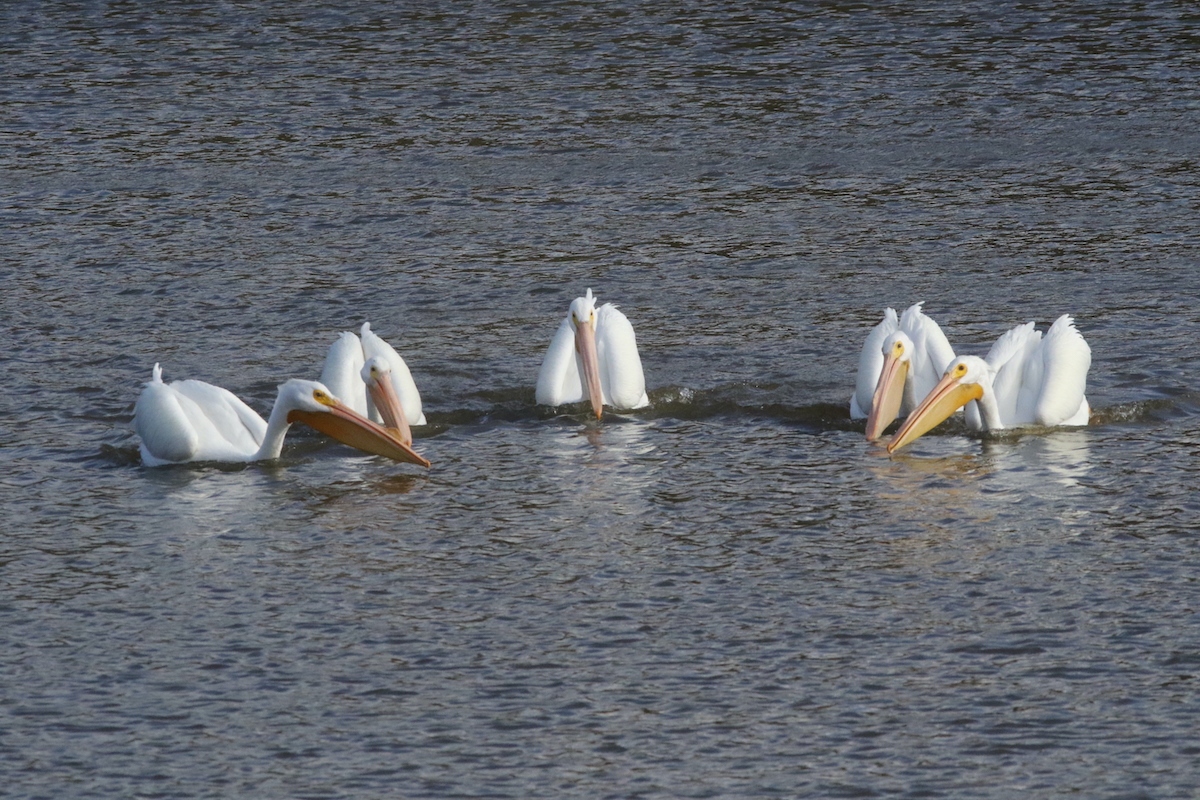
Beside my fresh footprints in this northern coastal corner of Santa Barbara County, the only spoor etched in the dense, gritty berm at the Santa Maria River Mouth were those of several wintering American white pelicans.
Legions of California brown pelicans aren’t the only pelicans that grace the Golden State. Anacapa Island, part of the Channel Islands National Park, has the largest colony of brown pelicans on the West Coast, and they are seen virtually every day along the coast. However, every fall, winter, and spring, brown pelicans share coastal wetlands, lakes, rivers, and sloughs with the pearly white pelicans from the distant north.
Larger and heavier than brown pelicans, American white pelicans migrate south from their nesting grounds in southern Canada, Montana, Wyoming, and Idaho, but after they arrive, they steer clear of the Pacific Ocean. In fact, the largest congregation of American white pelicans in the lower 48 states in winter is the manmade Salton Sea in the southeastern desert of California. A large portion of their entire population seeks refuge in a body of water 25 percent saltier than the Pacific Ocean. Even so, they are readily seen in Morro Bay, Oso Flaco Lake, Cachuma Lake, Carpinteria Marsh, and other places along the coast.
Mainland Mainstays
As I tromped south in the soft, sandy berm near the Guadalupe-Nipomo Sand Dunes National Wildlife Refuge, the few American white pelicans appeared conflicted, as they roosted on the berm in a sort of coastal neutral zone. The freshwater Santa Maria River Mouth was to their left, and the frothy Pacific roared on their right.
When they took flight, they almost flew over the ocean but quickly veered east to their preferred habitat, which is almost anything aquatic other than the ocean. As they landed, they resembled a floatplane almost skiing with their wide, webbed feet on the surface of the shimmering Santa Maria River.
Immediately, they began plunging their long, yellow, sword-like beaks into the shallow waters. They were foraging for food while sitting on the water, something California brown pelicans do not do. Brown pelicans, with their nearly seven-foot-wide wingspans, soar above the ocean, and once baitfish are located, they dive into the water to secure their bounty in their pouches.
American white pelicans are North America’s second largest land bird, following close behind the endangered California condor. Like the condor, American white pelicans enjoy soaring high in afternoon thermal updrafts. They also boast a nine-foot-wide wingspan, but instead of diving for food, American white pelicans prefer plunging their beaks in the water. They take advantage of their huge pouches to scoop up fish, while consuming up to four pounds of fish per day.
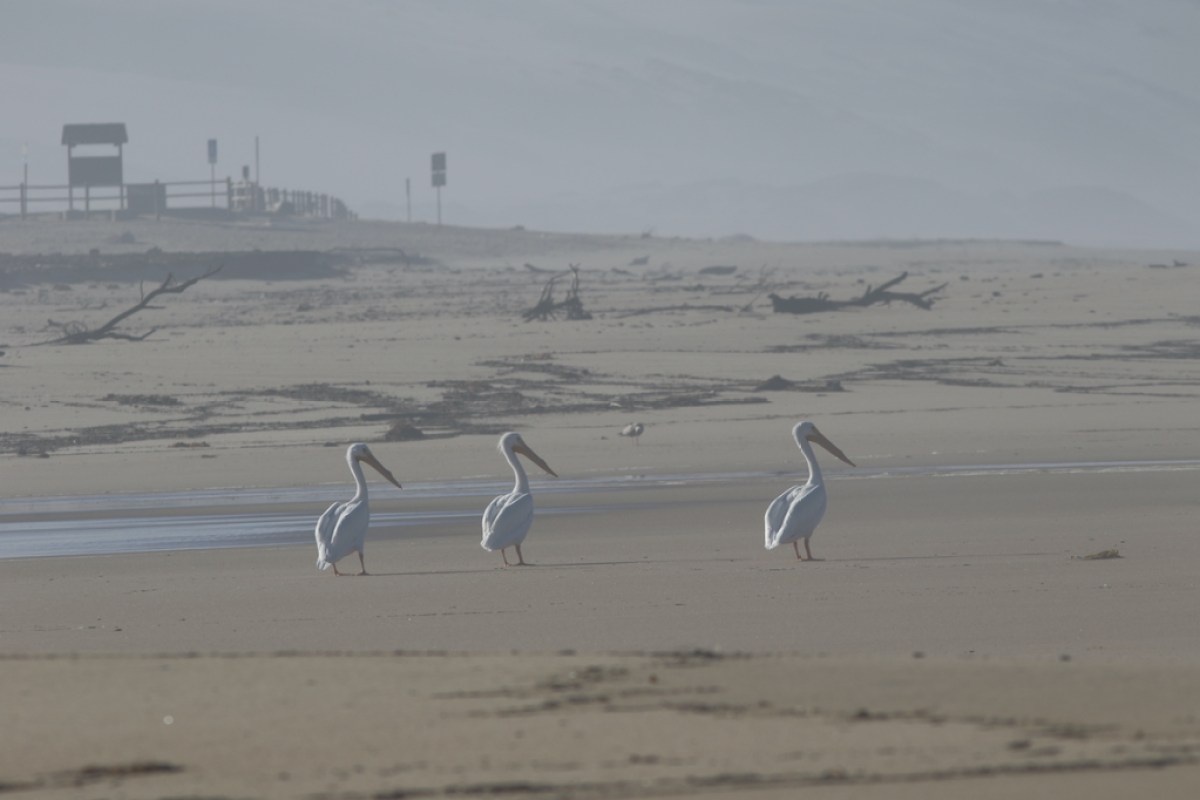
Synchronized Sojourners
The tide was draining on the Carpinteria Salt Marsh, but despite the low ebb, there was no denying the heads of six American white pelicans peeking above the muddy channel in what is one of the healthiest coastal salt marshes in Southern California. They preened vigorously, taking their long beaks and delicately securing a strand of feathers, then running the tips of their beaks the entire length of their wings.
Later in the afternoon, I returned with the incoming tide, observing the white pelicans moving across the deepening channel in a blend of synchronized foraging. Effortlessly, they glided across the silty waters, swimming next to each other in a tight formation, either in a line or half-circle. Then, simultaneously, they dipped their beaks into the water to fill their ginormous pouches with fish.
Their strategy almost appeared choreographed while working in unison to corral fish. On several occasions, they also tried stealing fish from each other. Once the “sword-fighting” simmered, they collectively continued working together as if nothing had happened, the serenity of the wetland seemingly easing any tension in the deep, muddy channel
Premier Events
Sun, Apr 28
6:00 PM
Santa Barbara
AHA! Presents: Sing It Out!
Thu, May 02
5:00 PM
Santa Barbara
Things with Wings at Art & Soul
Sat, May 04
10:00 AM
Lompoc
RocketTown Comic Con 2024
Sun, Apr 28
11:00 AM
Santa Barbara
Santa Barbara Earth Day Festival 2024
Wed, May 01
7:30 PM
Santa Barbara
American Theatre Guild Presents “Come From Away”
Thu, May 02
5:00 PM
Santa Barbara
100th Birthday Tribute for James Galanos
Thu, May 02
5:00 PM
Santa Barbara
Meet the Creator of The Caregiver Oracle Deck
Fri, May 03
4:00 PM
Santa Barbara
Santa Barbara Fair+Expo “Double Thrill Double Fun”
Fri, May 03
8:00 PM
Santa barbara
Performance by Marca MP
Sat, May 04
10:00 AM
Solvang
Touch A Truck
Sat, May 04
11:00 AM
Santa Barbara
Mental Wellness Center’s 28th Annual Arts Faire
Sat, May 04
11:00 AM
Santa Barbara
Community History Day
Sat, May 04
3:00 PM
Solvang
The SYV Chorale Presents Disney Magic Concert
Sun, Apr 28 6:00 PM
Santa Barbara
AHA! Presents: Sing It Out!
Thu, May 02 5:00 PM
Santa Barbara
Things with Wings at Art & Soul
Sat, May 04 10:00 AM
Lompoc
RocketTown Comic Con 2024
Sun, Apr 28 11:00 AM
Santa Barbara
Santa Barbara Earth Day Festival 2024
Wed, May 01 7:30 PM
Santa Barbara
American Theatre Guild Presents “Come From Away”
Thu, May 02 5:00 PM
Santa Barbara
100th Birthday Tribute for James Galanos
Thu, May 02 5:00 PM
Santa Barbara
Meet the Creator of The Caregiver Oracle Deck
Fri, May 03 4:00 PM
Santa Barbara
Santa Barbara Fair+Expo “Double Thrill Double Fun”
Fri, May 03 8:00 PM
Santa barbara
Performance by Marca MP
Sat, May 04 10:00 AM
Solvang
Touch A Truck
Sat, May 04 11:00 AM
Santa Barbara
Mental Wellness Center’s 28th Annual Arts Faire
Sat, May 04 11:00 AM
Santa Barbara
Community History Day
Sat, May 04 3:00 PM
Solvang

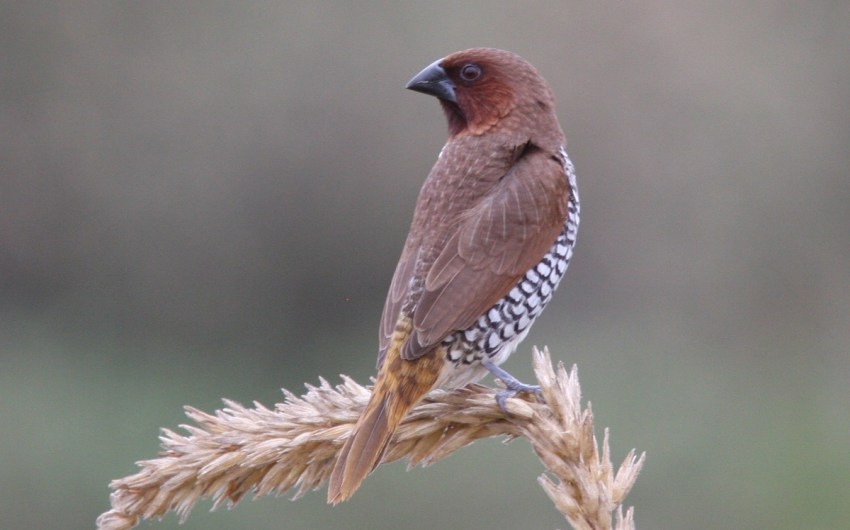
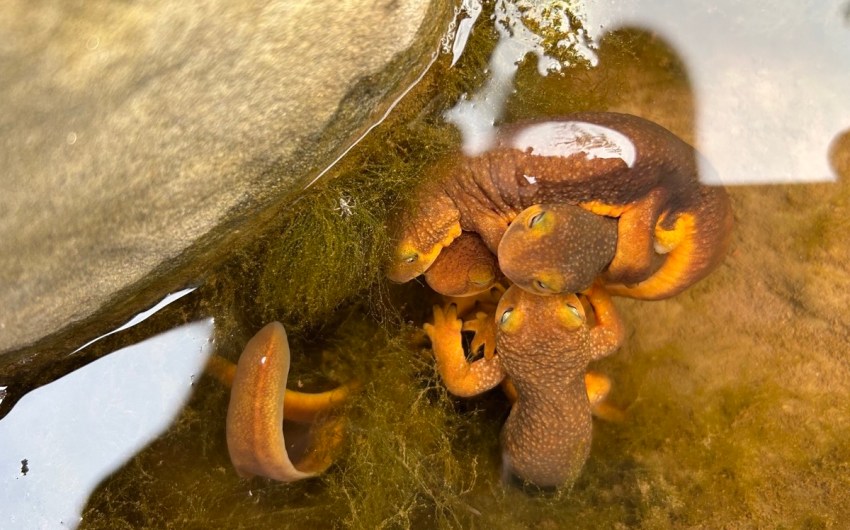
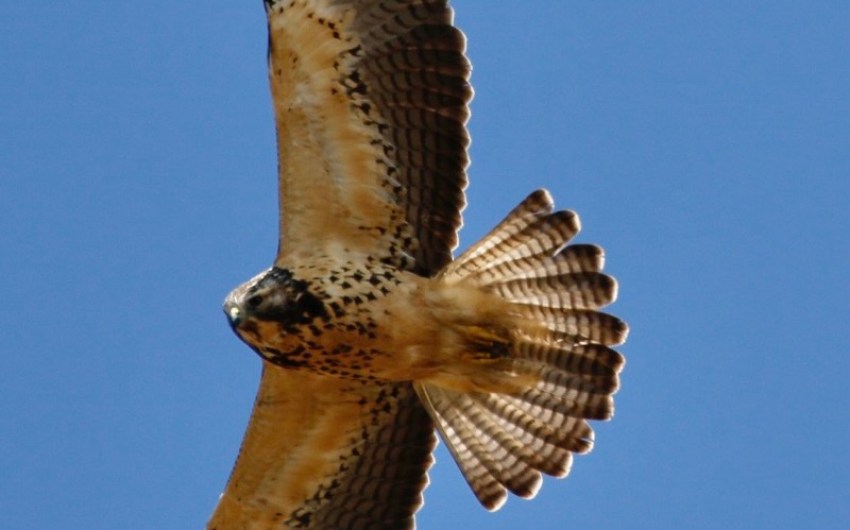





















You must be logged in to post a comment.